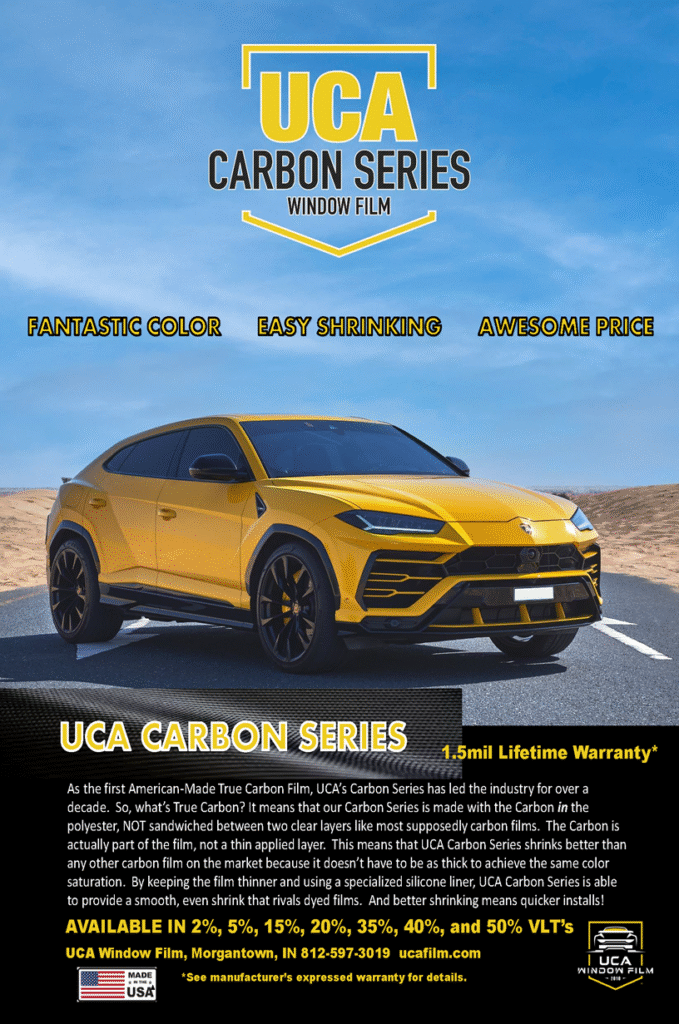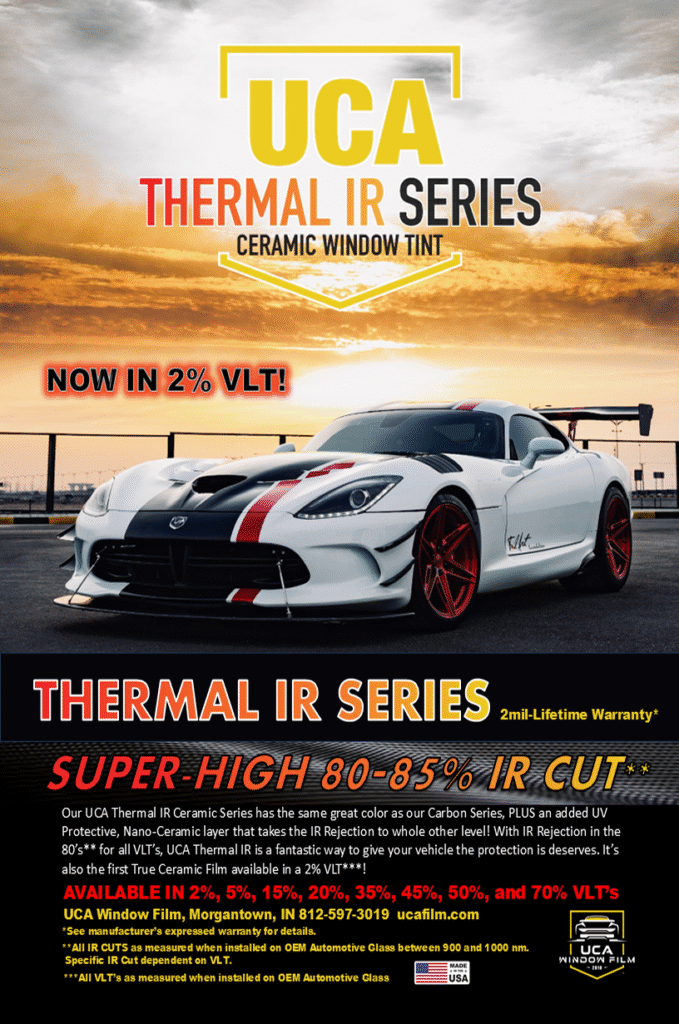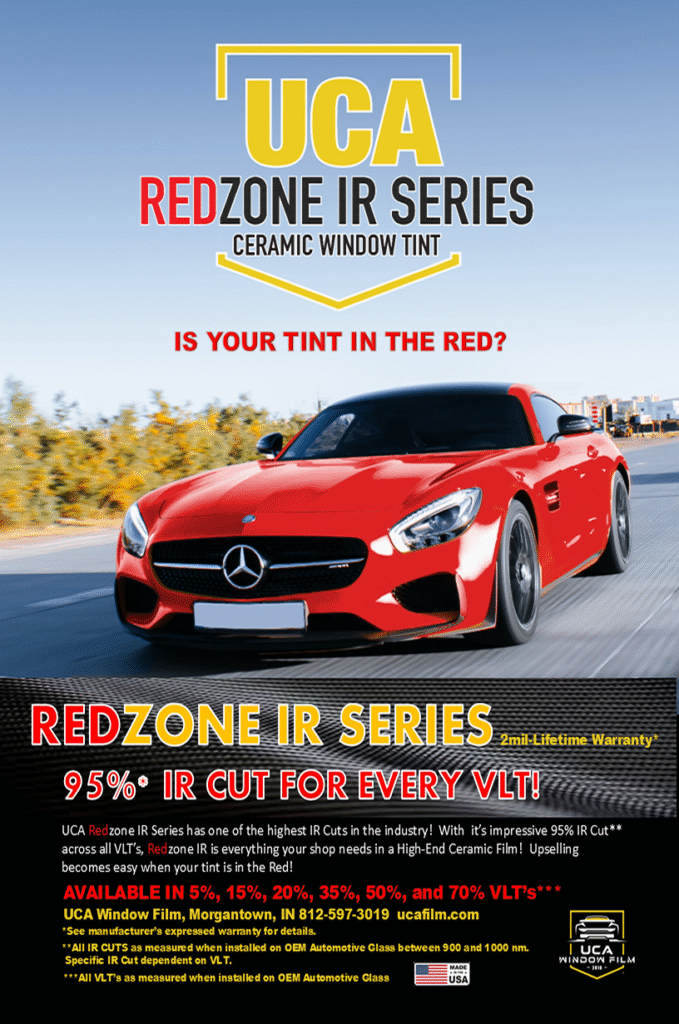Heat & UV Rejection🔅
Blocks up to 99% of harmful UV rays while keeping your cabin cooler and more comfortable, even on the hottest Florida days.
Enhanced Privacy🕶️
Adds a sleek, uniform look to your vehicle while increasing privacy and reducing visibility from the outside.
Interior Protection🛡️
Preserves your seats, dashboard, and trim by preventing fading, cracking and sun damage over time.
Lifetime Warranty♾️
All window tint installations are backed by a lifetime warranty covering fading, peeling or bubbling for total peace of mind.


